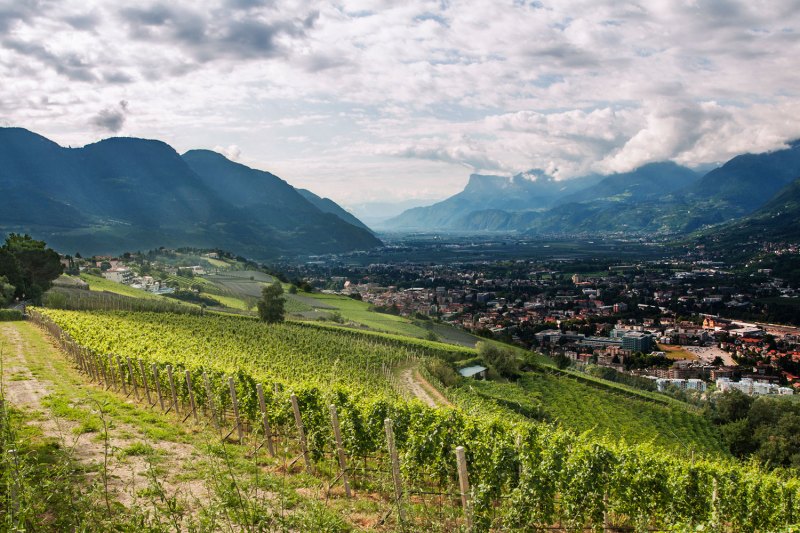
Keeping up with wine regions around the world can be a challenge. Like pop music or the latest trending culinary approach, the world of wine likes to morph and rarely, if ever, sits still.
One region worth your time is Alto Adige. It rests, rather quietly and at elevation, in the northeast corner of Italy along the dramatic Alps and Dolomites. The northern European influence of the region is more significant than the small slice of Austria it encompasses. This is not the rolling hills of Tuscany. Think charming and mountainous, a Bob Ross come to life. This is where Mediterranean and Alpine qualities dance a lovely and somewhat unexpected jig.
Alto Adige boasts the rare distinction of possessing classic flavors and winemaking know-how with a relatively unheralded corner of the world. You can have your quality and your cool factor, all at once. For the record, it’s also known as South Tyrol or Sudtirol, but Alto Adige is the clear favorite when it comes to phonetics.
While you may be unfamiliar with the region as a real player in the wine game, you’ve likely seen the photos. The region is home to post-card-friendly images of incredibly steep vineyard slopes, often anchored by a hilltop estate, or “Schloss” (which means castle in German). These are some of the most intense vineyard sites on planet Earth, offering aspects and growing conditions unlike anywhere else.
This peculiar and pristine region is the oldest German-speaking wine-growing area. This is the land of rye bread, strudels, speck and Lagrein wine — a cool mashup of three historically great winemaking nations (the third being Switzerland). Some twenty varieties call Alto Adige home, making it an eclectic place come harvest time.
One of the most interesting is Kerner, a white grape dubbed by some as a sleek poet of sorts. Originally prized for its frost resistance, the variety (a cross between Riesling and Schiava) has grown into its own sophisticated self. Kerner from Alto Adige has some of the most personality in all of white wine.
Another is Lagrein, a grape that goes back to at least the 16th century. Worldwide, it’s quite rare, and while cultivated acres and resulting wines are fairly limited even in Alto Adige, it’s well worth hunting for. Something like a Syrah, Lagrein is bright, tannic, and often beautifully earthy. And as interesting as it tends to taste right out of the gate, it’s also a great wine to lay down for several years.
Want to check out Alto Adige without leaving your living room? Here are five wines to try:
Kellerei Nals Margreid 2015 Kerner
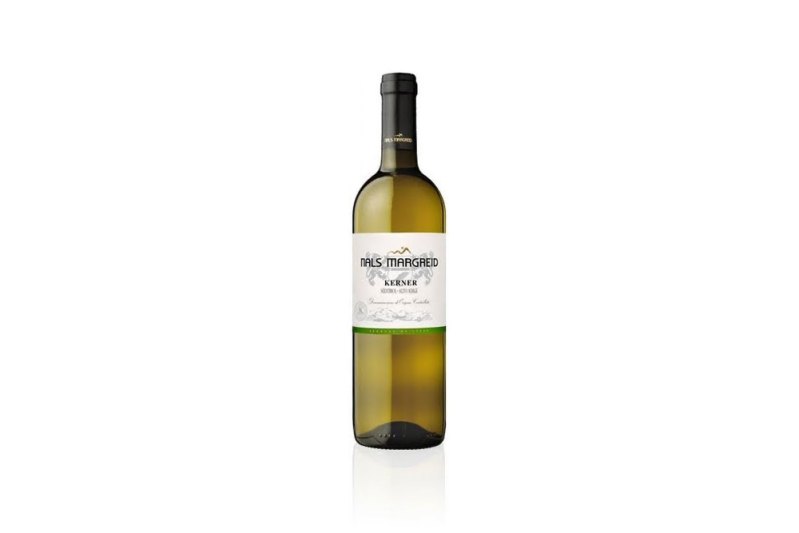
This Kerner is reminiscent of a Chardonnay and a Sauvignon Blanc. There’s pear and stone fruit on the palate but also so, so much more. It’s a textured, lasting wine great on its own at room temperature or just barely chilled.
Tiefenbrunner 2017 Lagrein
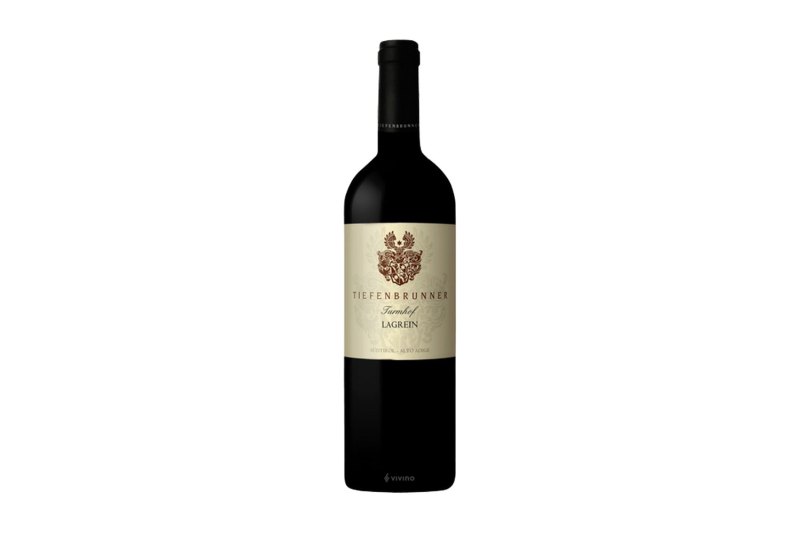
Like a complicated cigar, this wine shows dusty chocolate, earth, and wild truffles on the nose. Its flavor is made of concentrated raspberry and dazzling dark fruit and the buzzing garnet color alone is worth staring at for a while.
Cantina Bozen 2017 Pinot Grigio
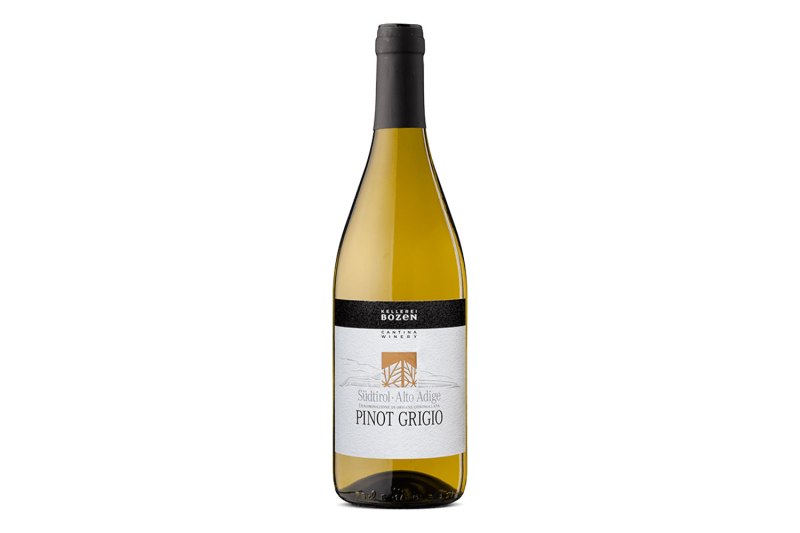
Pinot Grigio is often watered down and unremarkable. That’s rarely the case in Alto Adige. This one has a beautiful bouquet, along with a lengthy finish and fresh, autumnal fruit flavors like apple and poached pear.
Elena Walch 2018 Schiava
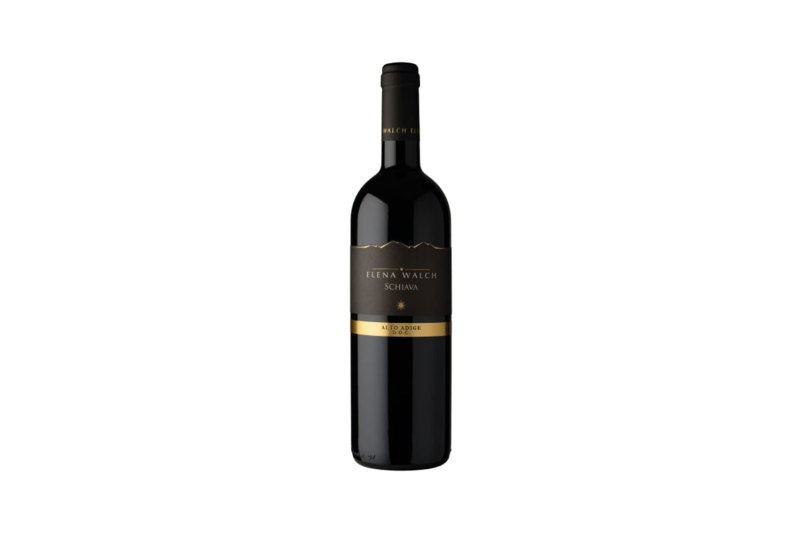
The region’s most popular variety, Schiava is a red worthy of a little chill, especially when served pre-meal. This one has a nice mix of cherry fruit and nutty flavors.
Abbazia di Novacella 2018 Kerner
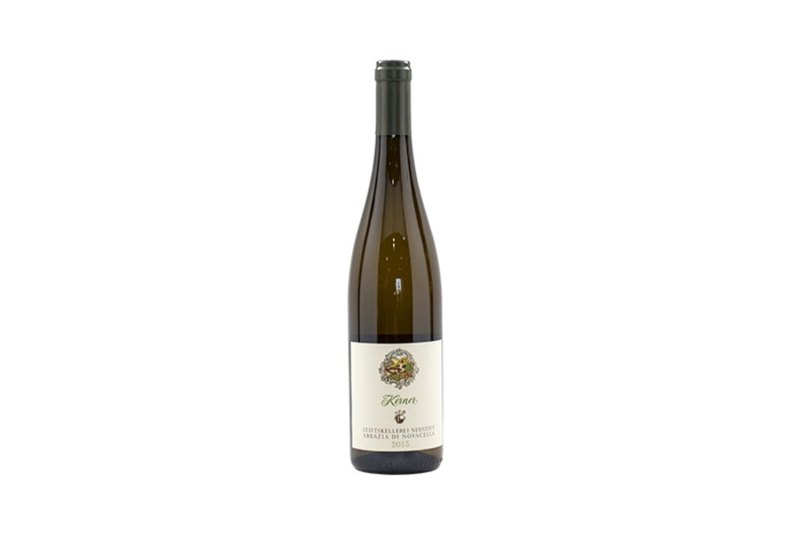
In addition to sporting a great label, this wine has a fullness of flavor while still coasting elegantly across your palate. Peach flavors are pronounced, along with a memorable crispness.


